1. The Venetian “Scaletta” – A Skin-Smoothing Staircase
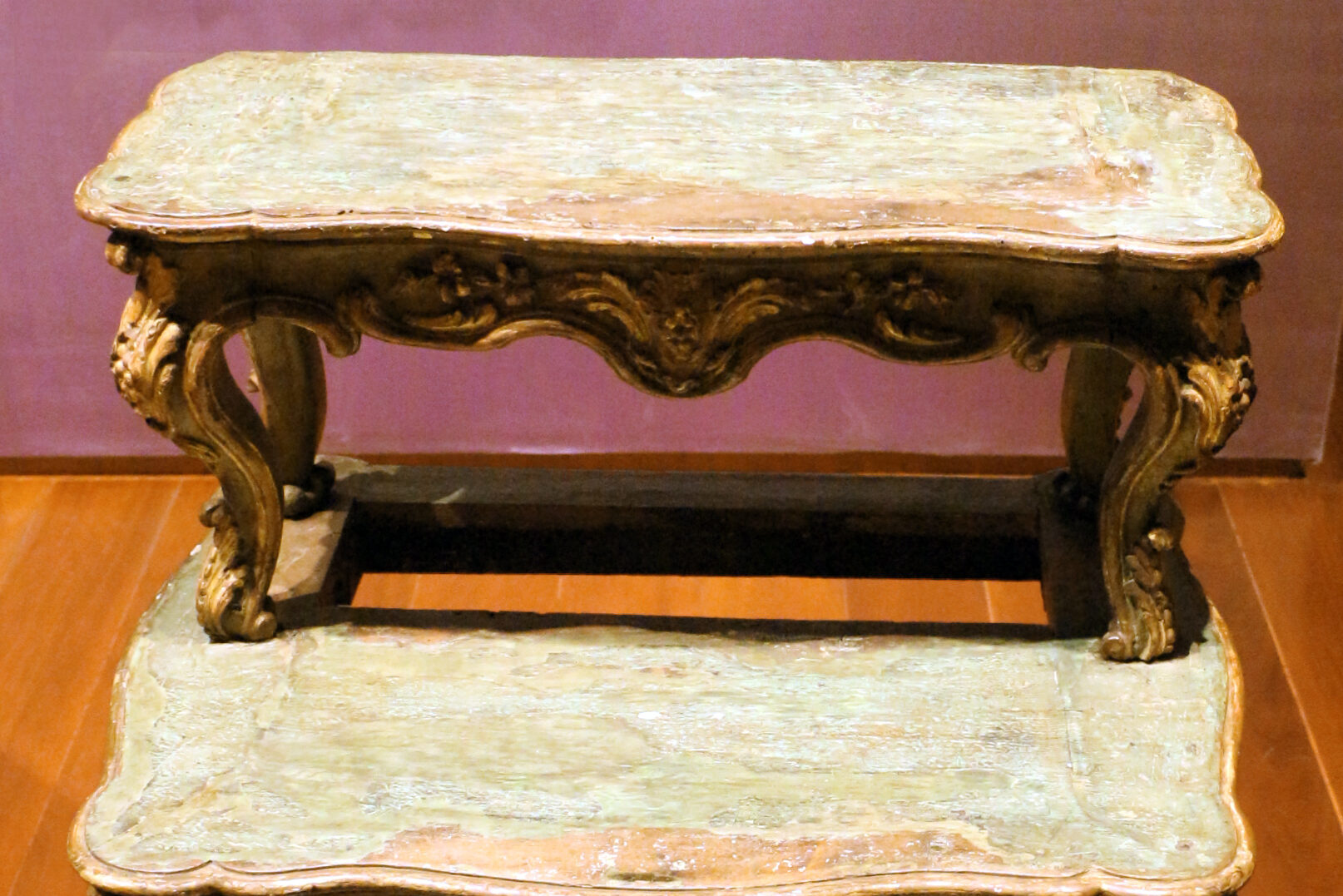
In Renaissance Venice, beauty routines were nothing short of theatrical, and the “scaletta,” or beauty staircase, was one of the more unusual tools used. Women would climb these wooden steps, which were equipped with soft, luxurious materials to massage their skin as they ascended. The idea was that the repeated motion, combined with the textured surfaces, would help exfoliate the skin, making it smoother and more radiant. While the concept seems odd, it was a popular ritual for centuries, especially among the upper class who had access to such indulgent practices.
This beauty ritual wasn’t just about physical appearance. It also carried a certain symbolic weight; women on the “scaletta” were thought to be engaging in an act of personal elevation, both literally and metaphorically. Imagine climbing a staircase that doubles as a beauty treatment while feeling like you’re in a moment of royal pampering. Though the ritual has long since disappeared, it’s a reminder of the extravagant lengths people would go to enhance their beauty.
2. The Chinese “Jade Roller” – Ancient and Powerful
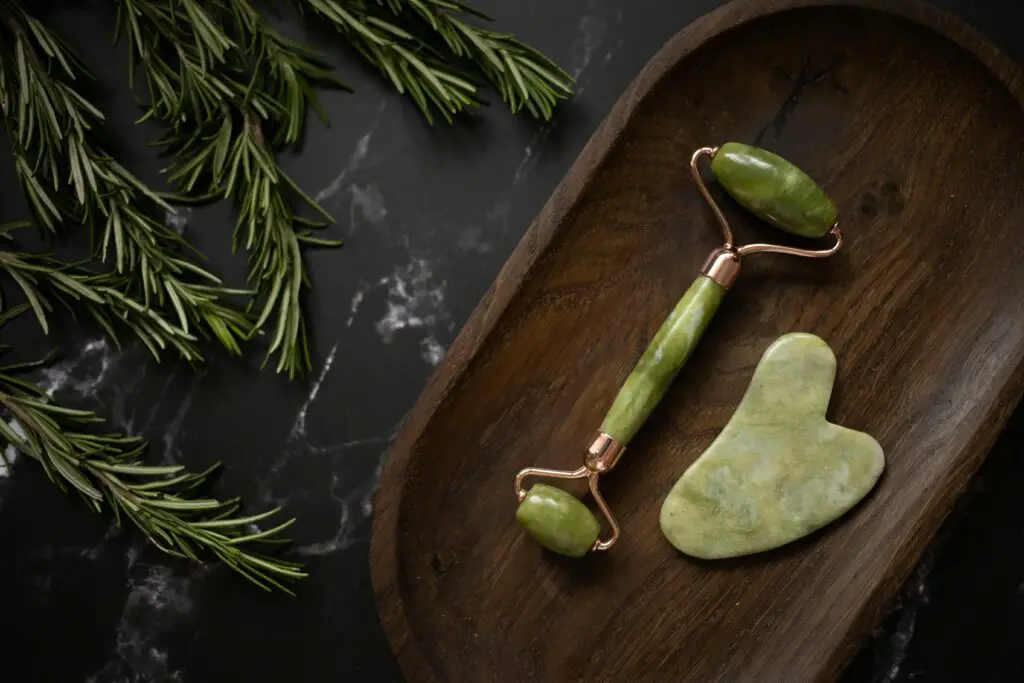
Jade rollers are well-known today for their calming effects on the skin, but they’ve been a part of Chinese beauty rituals for over a thousand years. However, ancient jade rollers were quite different from the sleek tools we know today. These were often made with a heavy, carved jade stone attached to an intricately designed handle. The purpose wasn’t just to promote blood circulation and reduce puffiness as it does now, but also to cool and refresh the skin in a way that was believed to help preserve youthfulness and prevent wrinkles.
In ancient China, jade was highly prized for its spiritual properties, believed to have healing and protective qualities. So, it wasn’t just the massaging effect that was beneficial; it was also the connection to jade’s metaphysical attributes. In a time when every beauty tool had its own spiritual significance, jade rollers served as a reminder of the deep, almost mystical connection between beauty, health, and well-being.
3. The Roman “Strigil” – Scraping Away Imperfections
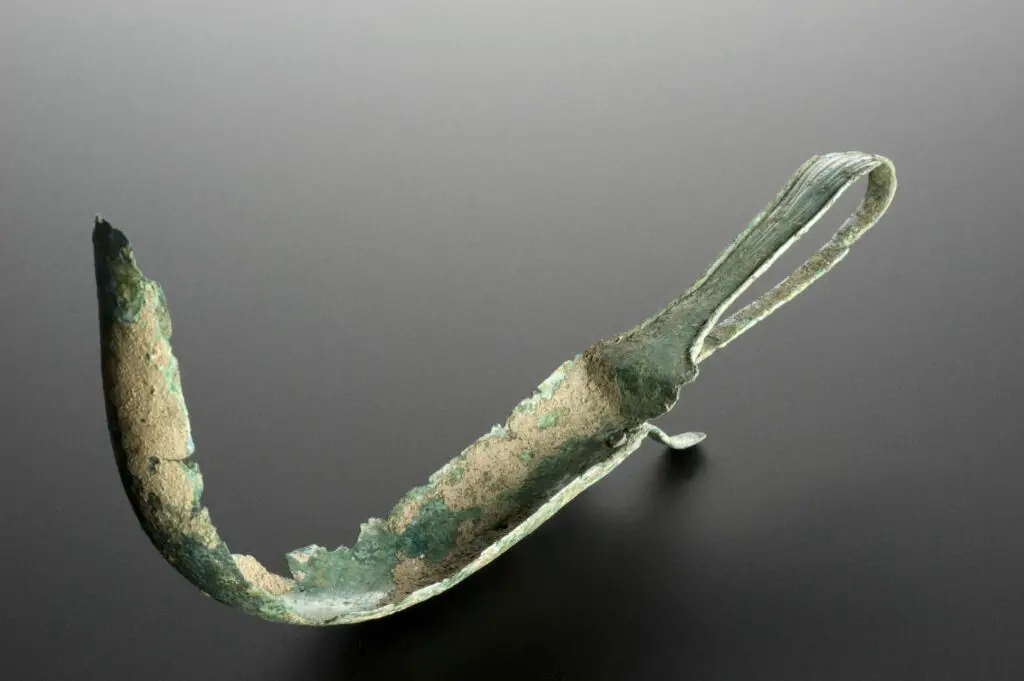
The Romans were known for their love of baths, but they also employed a peculiar tool known as the strigil. This was a curved metal instrument used for scraping dirt, sweat, and oil off the body after a bath. While it may sound more like a cleaning tool than a beauty device, the Romans believed it helped stimulate circulation, invigorate the skin, and promote overall wellness. It was often used in conjunction with oils and perfumes, which helped moisturize the skin as the strigil removed impurities.
The strigil’s use wasn’t just about hygiene—it was part of a ritual that made the bathing process an essential part of Roman life. Elite Romans even had personal slaves or attendants who would scrape their bodies with the strigil to ensure their skin stayed smooth and soft. This method was often followed by massages, making it one of the more luxurious beauty routines of the ancient world.
4. The Victorian “Corset” – Shaping More Than Just the Waist
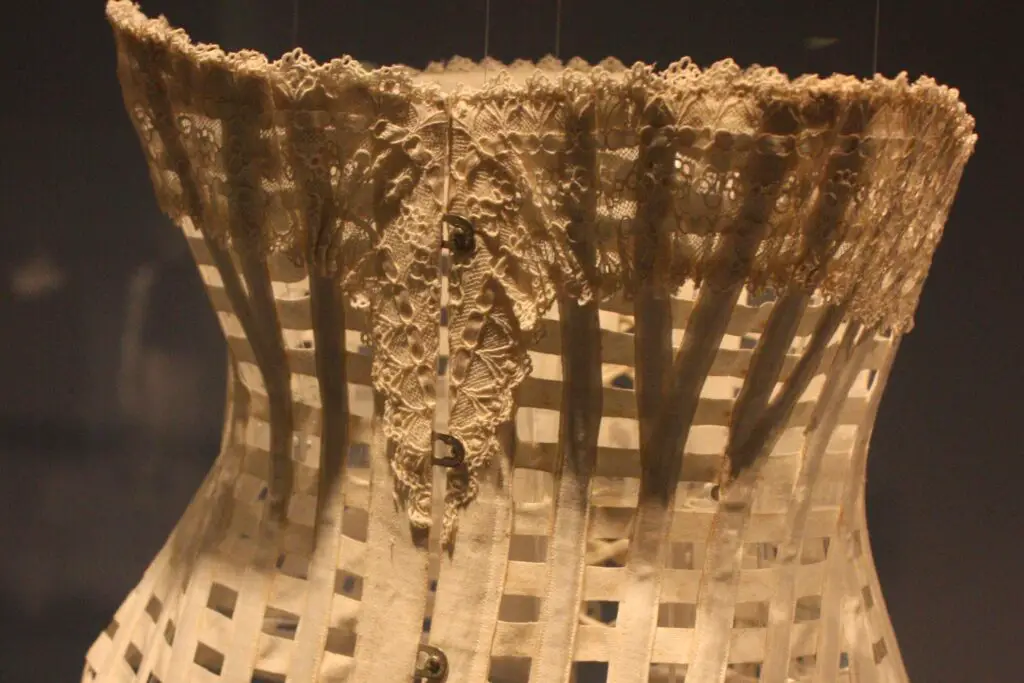
During the Victorian era, the corset was a staple of everyday fashion, but it also had a major role in beauty rituals. The corset, which tightly cinched the waist, was designed not just to shape the body but to create an hourglass figure that was considered the epitome of feminine beauty at the time. It wasn’t uncommon for women to wear corsets for hours, even when they weren’t in public, as part of their regular beauty regimen. This tool would reshape the body and often required painful tight-lacing techniques.
Though corsets were intended to achieve a fashionable silhouette, they also played a role in promoting good posture and a certain elegance in the way women carried themselves. The ritualistic aspect of wearing a corset was about more than just the physical shaping—it was about embodying an ideal of beauty that demanded discipline and dedication. Over time, the corset became less about function and more about the idealized notion of feminine beauty, which was upheld by the social pressures of the time.
5. The Egyptian “Kohl Stick” – An Ancient Eye Enhancer
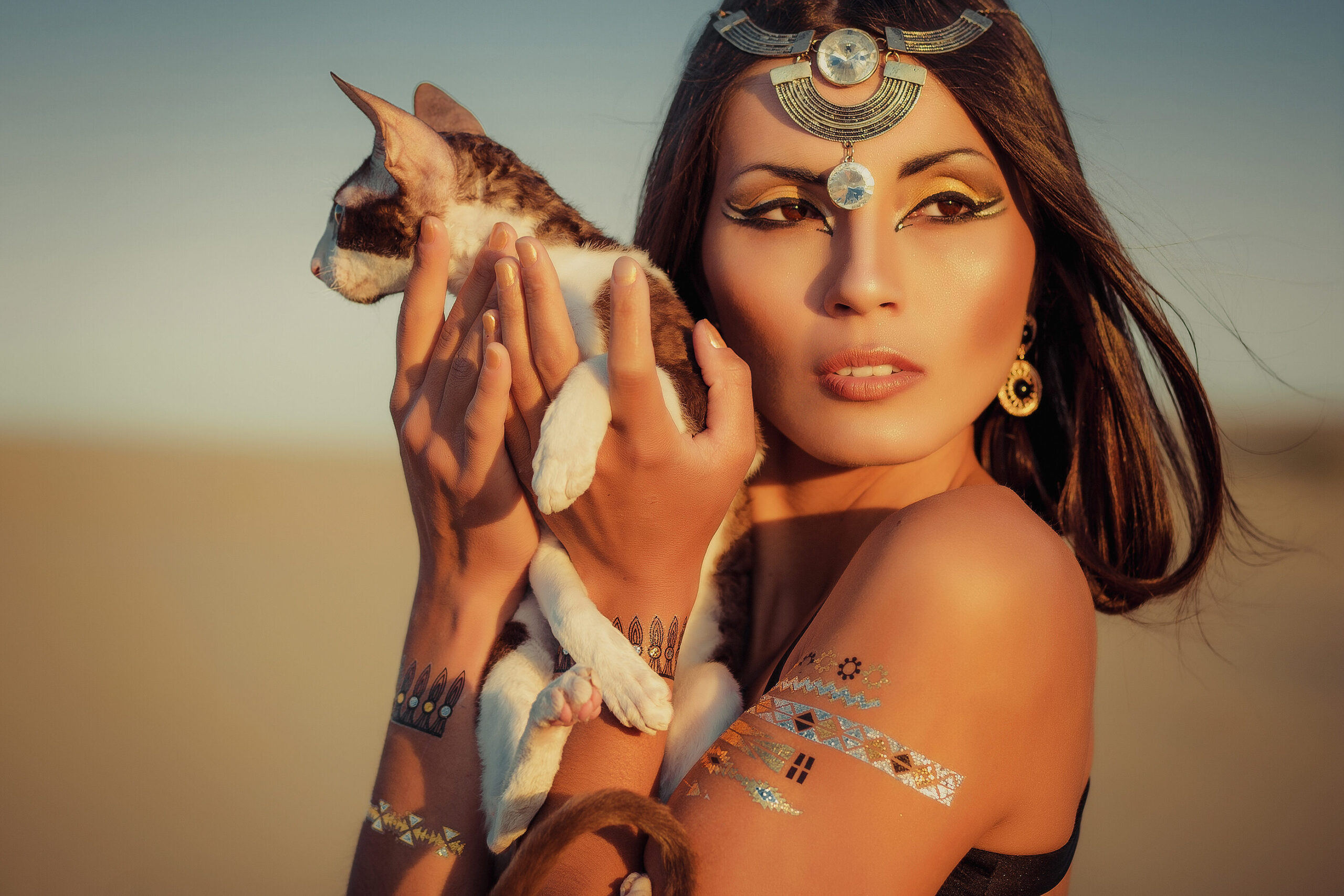
Kohl is famous as the eyeliner of choice in ancient Egypt, but the tools used to apply it were equally fascinating. Women and men alike would use small, hand-carved kohl sticks to apply dark eyeliner to their eyes, and these sticks were often made from ivory, bone, or wood. The kohl itself was made from ground minerals like malachite or galena, which were known for their deep black pigment. The ritual wasn’t just about beautifying the eyes—it was also about protecting them from the harsh sun and evil spirits, as kohl was believed to have protective properties.
Egyptians believed that kohl enhanced vision and brought a sense of allure to the wearer. It was not only a beauty practice but also a deeply spiritual one, as it was linked to the goddess Hathor, who was associated with beauty and love. Kohl’s place in beauty rituals was sacred, and it was passed down through generations as a timeless method of enhancing one’s appearance.
6. The French “Hot Towel Facial” – An Age-Old Spa Ritual
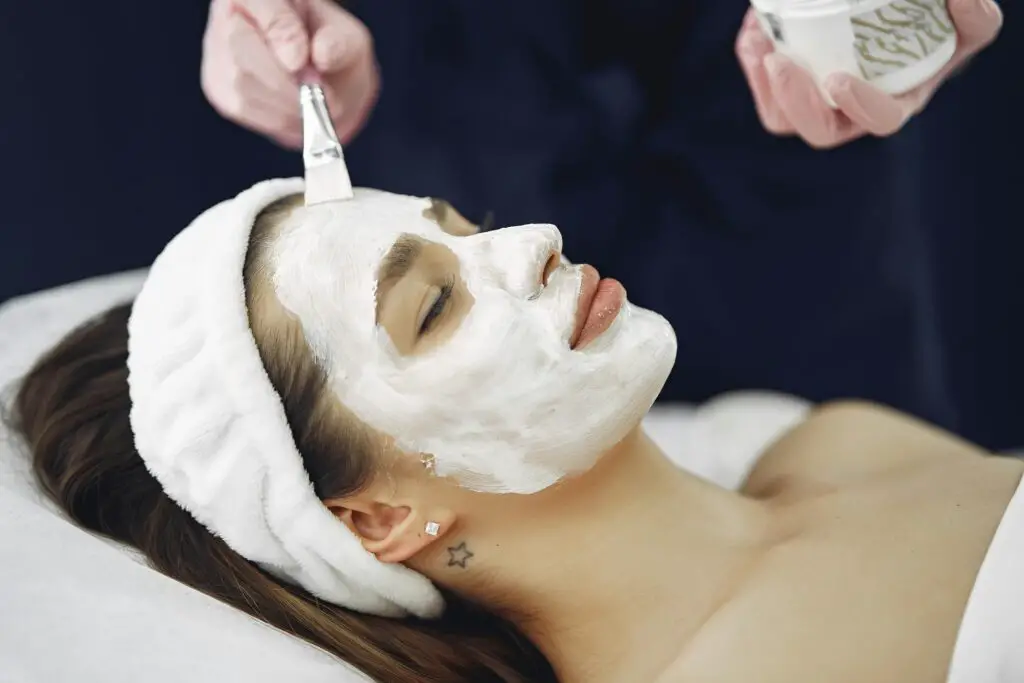
The hot towel facial isn’t a new concept, but in 18th-century France, it was a truly luxurious and popular beauty treatment among the aristocracy. Women would sit for hours while attendants would carefully apply heated towels to their faces to open pores and improve circulation. The ritual was said to help with skin rejuvenation, and the heat was believed to relieve tension and promote relaxation. It was a simple yet effective practice that became a significant part of beauty routines, especially before more modern facials became popular.
The French took their beauty rituals seriously, and the hot towel facial became a symbol of sophistication and self-care. Not just reserved for the upper class, it was also adopted by local spas as a gentler, less invasive way to improve skin appearance. The concept of using heat as a tool for beauty remains a classic and is still used today in modern spa treatments.
